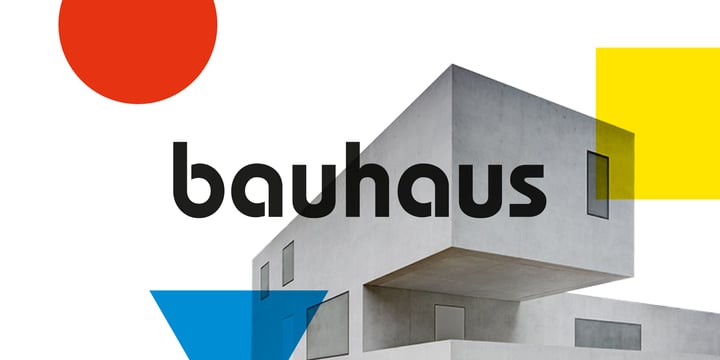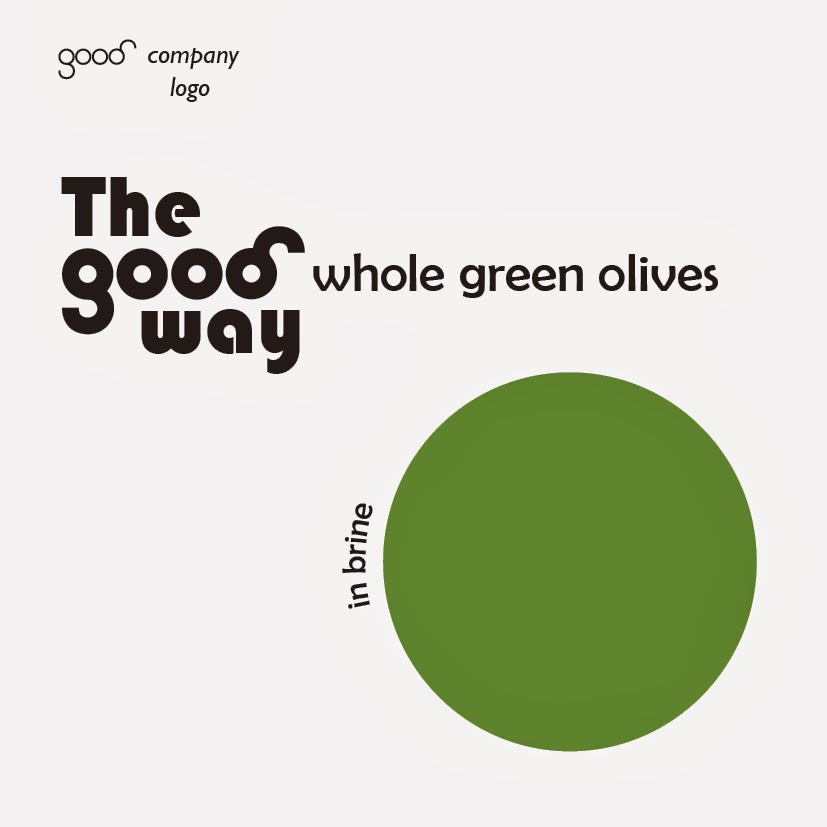

Joschmi overcomes legibility issues usually associated with this stencil style, with special attention to the design of white space.

These modular shapes simply consist of half circles, quarter circles and square strokes with half-round terminals. True to the original, Yamasaki captured the wobbly contour in CarlMarx, preserving warmth in the condensed geometric style of the early s.

A set of hanging figures, alternates for some critical letterforms such as f, r, and t as well as several ligatures make CarlMarx especially suitable for use in body text.Īs suggested by Marx, Yamasaki captured two weights from the original drawing and perfectly adjusted light and bold to highlight words and create hierarchy in headlines - without losing or adding space. Renowned type designer Erik Spiekermann and an international team of students restored five historic alphabets and we're now bringing them to you. Herbert Bayer's cover for the book Staatliches Bauhaus, Weimar, -After nearly a century, original typography from the legendary Bauhaus school of design has been rediscovered. The radical constructivist designs we now immediately connect with Bauhaus were only carried out in drafts, drawings and lettering, not as commercial typefaces.īibliography Source List. The result was not a legible as Bayer's but the idea of modularity was in line with the school philosophy of creating streamlined objects for mass production. His Kombinationschrift alphabet was a modular lettering system based upon 10 basic shapes derived from a circle and a square. Principally an abstract painter, Albers also was a designer and typographer.

Joseph Albers Albers was both a student and a teacher at the Bauhaus. For typography to serve social ends, its ingredients need internal organization - ordered content as well as external organization the typographic material properly related. Communication must appear in the shortest, simplest, most penetrating form. The aim of typographic layout is communication for which it is the graphic medium. He was greatly influenced by the Bauhaus approach to typography. These ideals were adopted by Jan Tschichold who never attended the Bauhaus, nor worked there, but visited and corresponded with teachers at the school. Part of his rationale was to simplify typesetting and the typewriter keyboard layout. In Bayer's design, not only were serifs unnecessary, he felt there was no need for an upper and lower case for each letter. He used his approach to modern typography to create an "idealist typeface. InGropius commissioned Bayer to design a typeface for all Bauhaus communications and Bayer excitedly undertook this task. In this regard, what became known as Bauhaus typography was also part of the social and political reform taking place at the school. Such innovations as the elimination of capital lettersand the replacement of the archaic Gothic alphabet used in German printing by a modern "cosmopolitan" font, and the concept of composition based on strong geometrical elements and expressive values of colors, testify to a move away from individually handcrafted and traditionally shaped goods towards objects meeting functional requirements suitable for mass production. The study of the communicative potential of letterforms and typographic layout was part of a basic curriculum in the mechanics of visual education. He enrolled in and studied at the Bauhaus for four years and, after passing his final examination, Bayer was appointed by the Bauhaus director, Walter Gropiusto head the new "Druck und Reklame" printing and advertising workshop in Dessau. With his teaching, Joost Schmidt strove for the comprehensive reform of lettering, which was to be validated and standardized internationally.Ībove: Schmidt's Bauhaus Exhibition Poster created while he was still at student, incorporating the Bauhaus logo by Oskar Schlemmer. In addition, he had his students examine aspects of advertising such as language, visual effect, psychology and economy. Here, Schmidt explored the structure of letters -circle, square and rectangle-and their flexibility in terms of shape and size as well as the treatment of color and surface. Nagy considered typography to be primarily a communications medium, and was concerned with the " clarity of the message in its most emphatic form. With the appointment of Moholy-Nagy innew ideas about the use of typography came to the Bauhaus. At first, practical fields of type application were restricted to small, miscellaneous printed matters. Please note: there is an expanded section about the Bauhaus on this site.


 0 kommentar(er)
0 kommentar(er)
